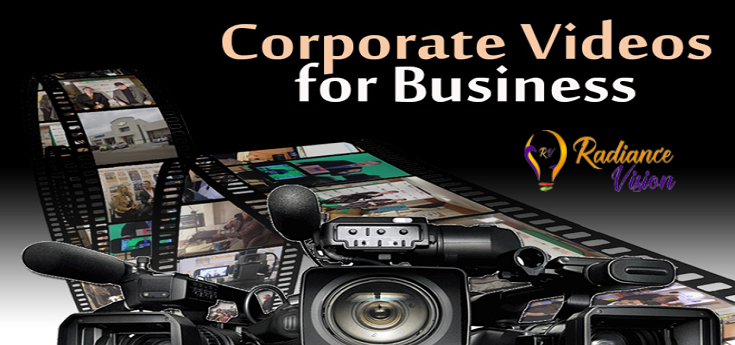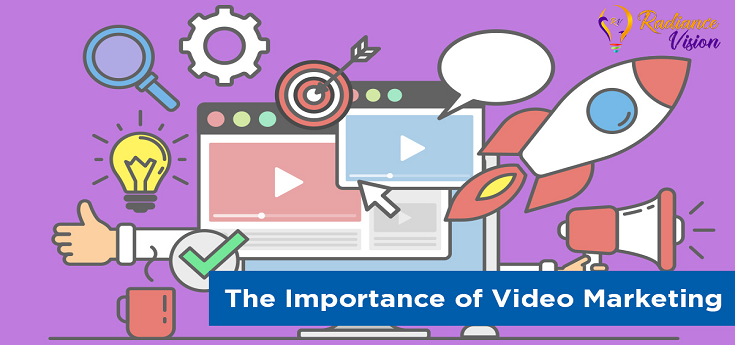Pillars Of Holistic Video Marketing Measurement Plan

Pillars Of Holistic Video Marketing Measurement Plan
Controlling
and optimising marketing efforts, as well as evaluating the real value
contribution of these activities, are critical for the long-term success of a
firm for marketing professionals. As a result, marketing measurement programmes
are now a top priority for advertising firms, and they've become an essential
component of marketing budgets. Successful marketing measurement programmes,
we've discovered, have a few characteristics in common:
1.
Wide acceptance and links to other industries
Decisions
about strategic marketing should not be made in the dark. Instead, they should
be integrated into a larger company plan. Relevant business units work together
to achieve shared goals in high-performing programmes. Companies that take a
coordinated, cross-divisional strategy are found to be far more successful than
those that think and optimise in silos, according to research.
2.
A holistic approach to measurement and relevant metrics are taken into account.
Marketing
measurement systems must account for a wide range of outcomes in order to
obtain broad adoption and meet corporate goals. This is required so that the
KPIs reported by marketing measurement systems are free of factors that are not
traceable to marketing efforts (e.g. seasonal, structural demand, and/or trends
and disruption effects).
3.
Process speed and automation
However,
the enormous effort required by these manual and inflexible data processing
techniques results in significant delays in the delivery of results, making
them obsolete in today's fast-paced world. The optimization advice for
marketing decision-makers normally arrives after the strategy for the next
campaign has been decided. As a result, current marketing measurement tools
must provide an automated and quick decision-making foundation.
4.
Simulators to assist in decision-making
However,
for marketing operations to be optimised, this first step is rarely enough.
Advanced features, such as accurate forecasting and simulation of media plans
and strategies, are provided by these marketing measuring applications. Instead
of modelling just one plan, marketing decision-makers can study and compare a
wide range of channel, effect, and media strategy combinations. As a result,
they may be certain that the optimal strategies are devised and chosen for each
scenario.
5.
Synergies discovery and utilisation
Simulations
of various scenarios aid in the discovery of media channel synergy. They can
also aid in determining the impact of external factors on marketing ROI. It's
also important to target the proper target group at the right moment when it
comes to media strategy. External stimuli can double marketing ROI, according
to research.
Finally, with the correct preparation, marketers can continue to effectively measure their digital efforts and gain even more insights than before, all while offering their users a seamless, privacy-forward, and empowered experience. Please contact Radiance VIsion to improve your results.
Visit our website now:
https://www.radiancevisiongroup.com/.
https://www.radiancevision.co.in/





